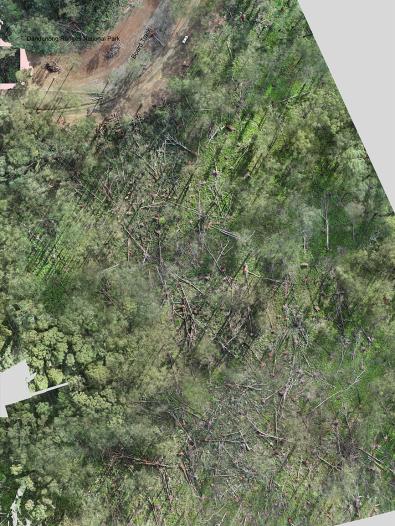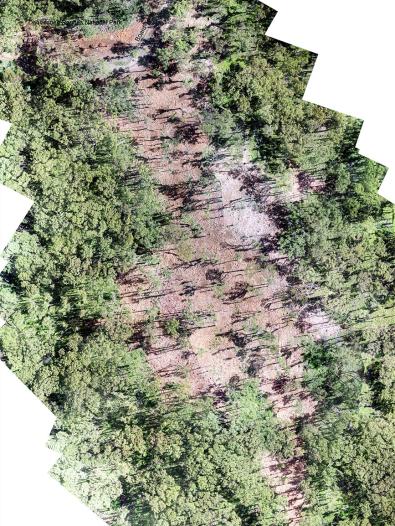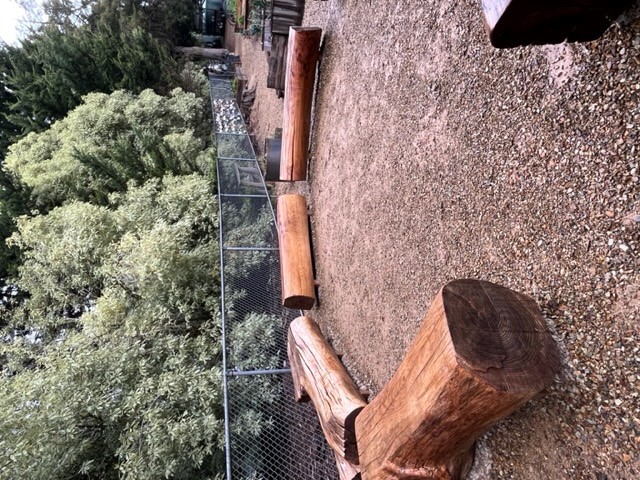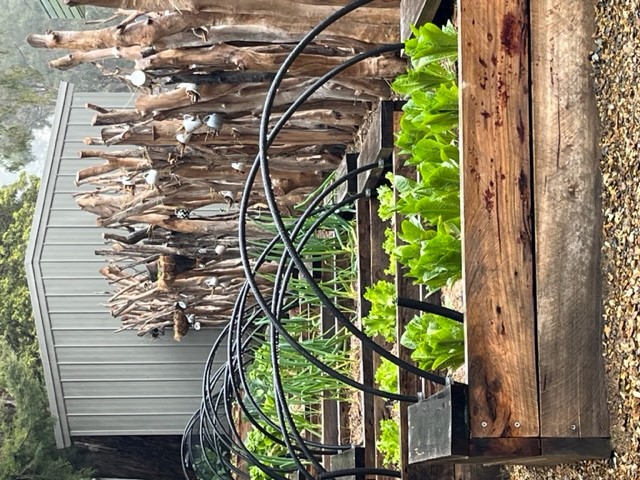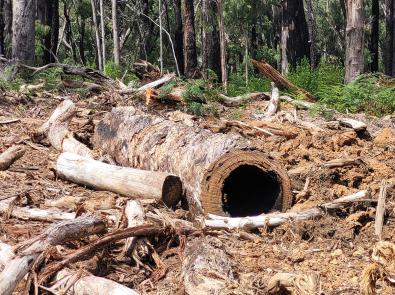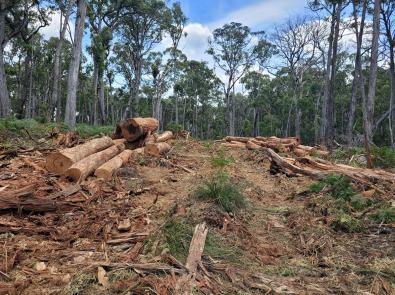Repurposing fallen Silvan timber
The project's aim has been to not waste anything and only remove debris that presents a significant fire risk. The majority of fallen debris has been left to decompose naturally. Fallen trees that can provide habitat for native animals have been retained.
Removed timber is being utilised where possible, including for community projects, firewood and commercial timber products for local construction supply. We are working with local community project Treasuring Our Trees (TOT) who has refashioned fallen Silvan timber into beautiful and useful new purposes such as yarning circles and gardens for local schools.
Media release on repurposing Silvan timber, 19 Dec 2023
